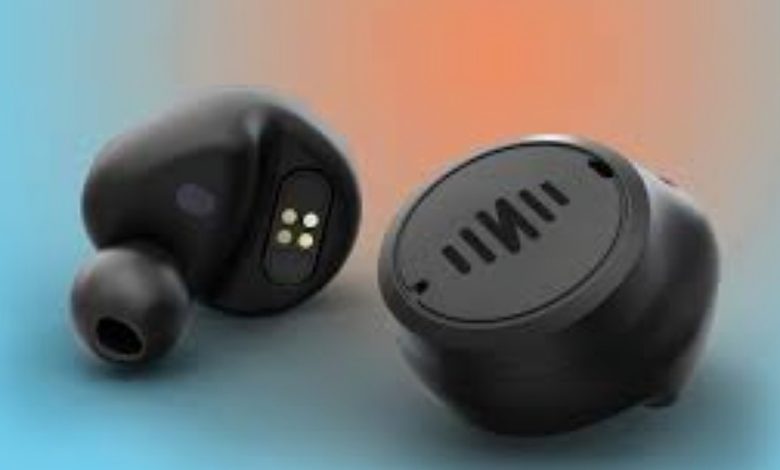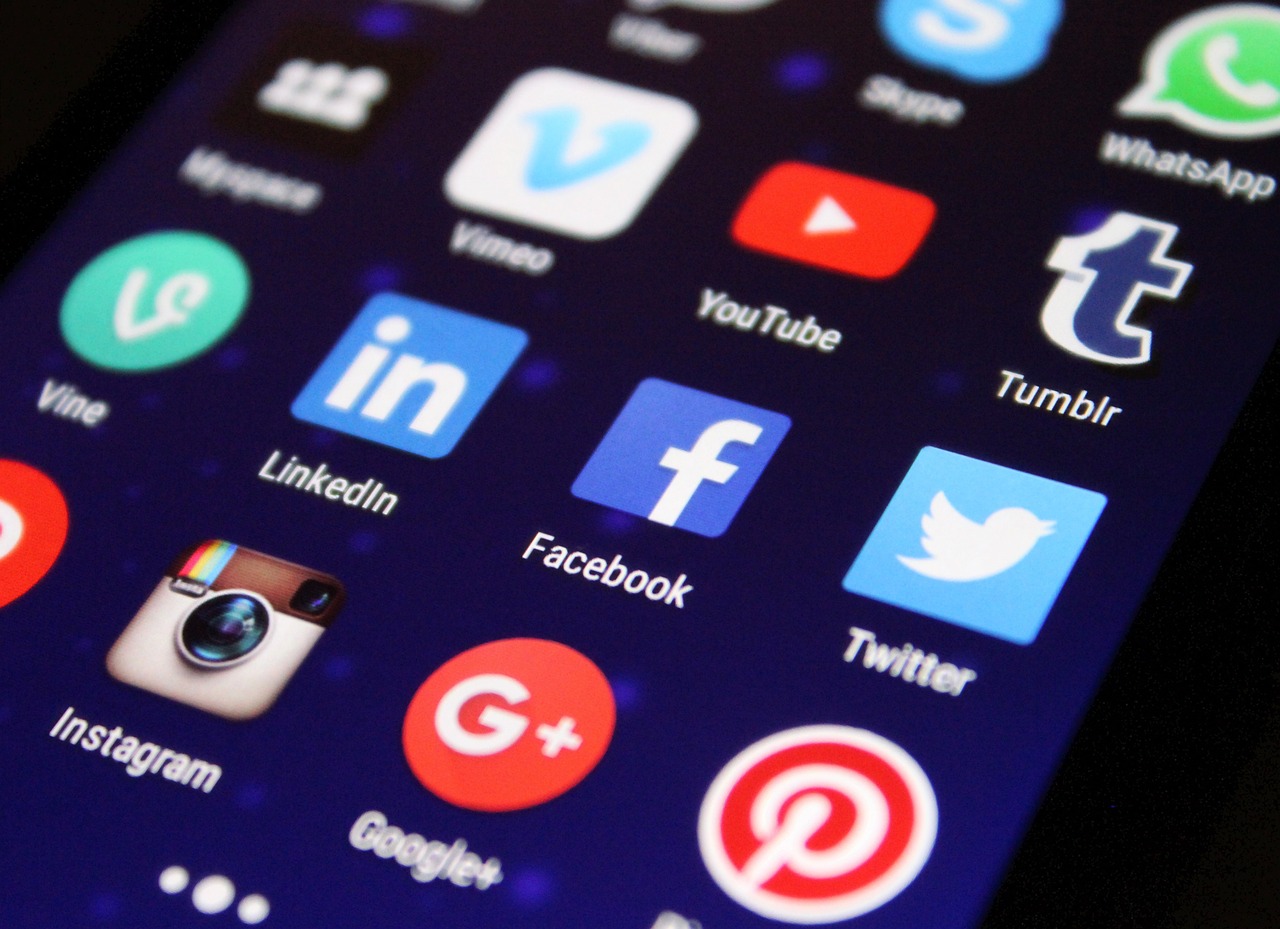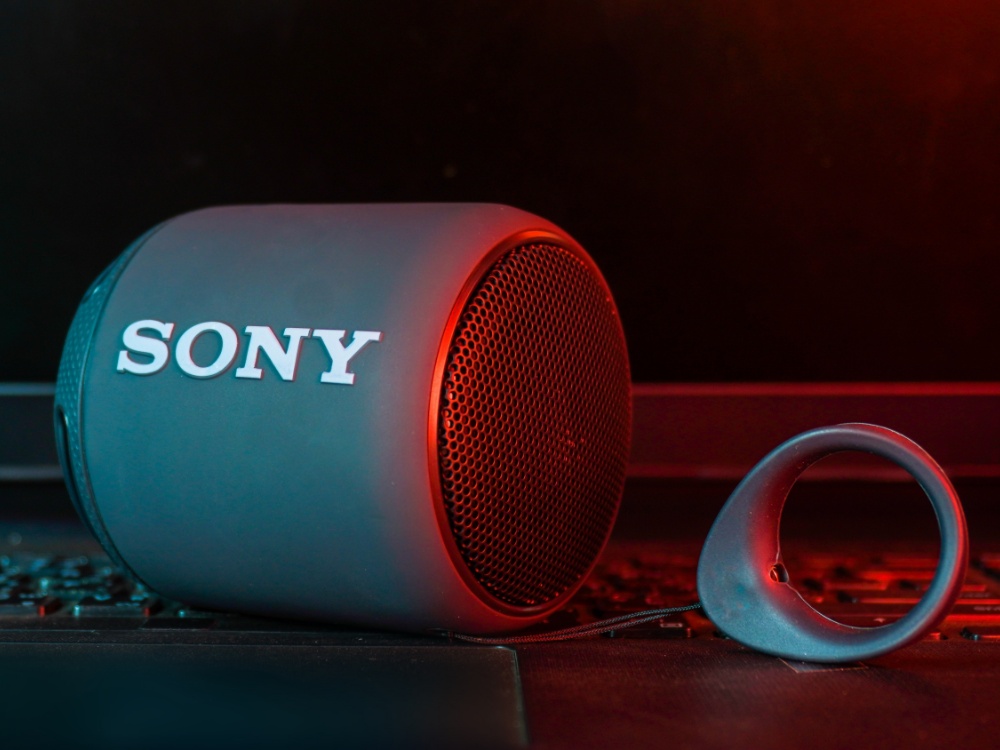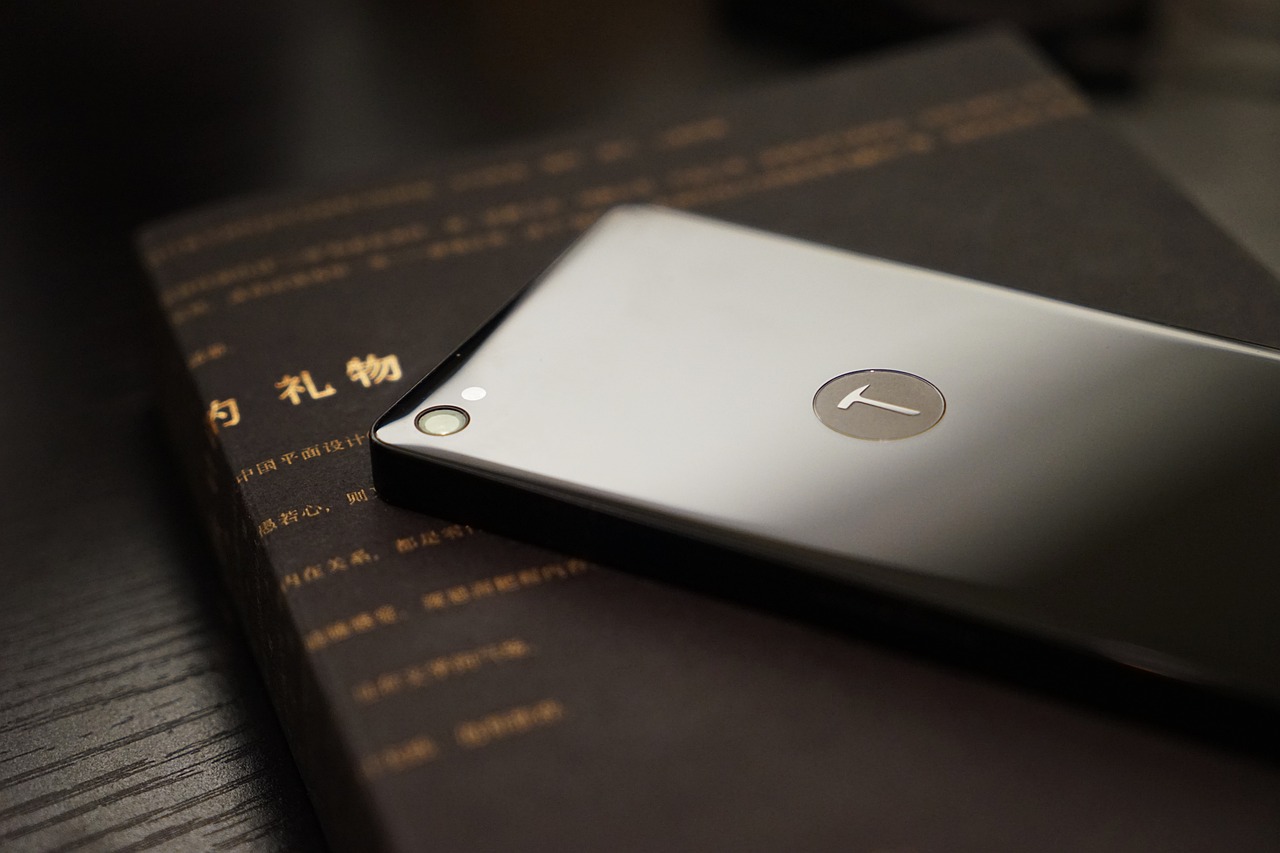Wireless earphones as inexpensive hearing aids

Wireless earphones have been gaining popularity as a cheaper alternative to hearing aids. A recent study by researchers at the University of Michigan found that wireless earphones can be programmed to act as basic hearing aids, amplifying sound frequencies in a way that can help people with mild to moderate hearing loss. While wireless earphones are not a substitute for full hearing aids, they can be a more affordable and accessible option for people who may not have access to traditional hearing aids. However, it is important to note that this approach is not suitable for all types of hearing loss and that anyone experiencing hearing problems should consult with a medical professional.
In a world dominated by technological advancements, the potential applications of everyday devices continue to expand. One such innovation that has garnered attention is the use of wireless earphones as inexpensive hearing aids. As the cost of traditional hearing aids remains a barrier for many individuals with hearing impairments, the versatility and accessibility of wireless earphones present a promising alternative. In this article, we will explore the benefits, challenges, and the growing trend of utilizing wireless earphones as budget-friendly hearing aids.
Understanding the Need:
Hearing loss affects millions of people worldwide, and the demand for affordable hearing solutions is higher than ever. Traditional hearing aids, while effective, often come with a hefty price tag, limiting accessibility for those with lower incomes or without adequate insurance coverage. This disparity in accessibility has fueled the exploration of alternative solutions, leading to the discovery of wireless earphones as a potential game-changer.
The Technological Leap:
Wireless earphones have undergone significant technological advancements in recent years. Initially designed for music enthusiasts and on-the-go communication, these compact devices have evolved to accommodate various functionalities. Most modern wireless earphones feature Bluetooth connectivity, noise cancellation capabilities, and customizable settings – all of which contribute to their potential as hearing aids.
Benefits of Wireless Earphones as Hearing Aids:
Cost-Effectiveness:
Traditional hearing aids can cost thousands of dollars, making them unattainable for many individuals. On the contrary, wireless earphones are available at a fraction of the price, with a wide range of options to suit different budgets.
Versatility:
Wireless earphones are not limited to amplifying sound alone. Many models offer customizable sound profiles, allowing users to adapt the device according to their specific hearing needs. This versatility makes wireless earphones a dynamic solution for individuals with varying degrees of hearing impairment.
Discreet Design:
Unlike traditional hearing aids, which can be conspicuous and draw attention, wireless earphones are often designed to be sleek and discreet. This aesthetic advantage appeals to users who may be self-conscious about their hearing impairment.
Connectivity Features:
The integration of Bluetooth technology in wireless earphones enables seamless connectivity with smartphones and other devices. This connectivity enhances functionality, allowing users to adjust settings, receive calls, and stream audio directly into their earphones.
Noise Cancellation:
Many wireless earphones come equipped with noise cancellation features, reducing background noise and improving the overall listening experience. This is particularly beneficial for individuals with hearing loss who struggle in noisy environments.
Challenges and Considerations:
While the idea of using wireless earphones as hearing aids is promising, it’s crucial to acknowledge the challenges and considerations associated with this alternative:
- Sound Quality: Traditional hearing aids are specifically engineered to address the nuances of hearing loss, providing targeted amplification in different frequency ranges. Wireless earphones, while versatile, may not offer the same level of precision in sound enhancement.
- Battery Life: The battery life of wireless earphones is designed for typical daily use, including music playback and calls. Using them as hearing aids may require frequent recharging, posing a challenge for individuals who need continuous assistance throughout the day.
- Fit and Comfort: Hearing aids are crafted with comfort in mind, often customized to the individual’s ear shape. Wireless earphones, designed for a broader consumer market, may not provide the same level of comfort or secure fit for extended periods.
- Lack of Professional Guidance: Traditional hearing aids are prescribed and fitted by audiologists, ensuring a tailored solution for the user’s specific hearing needs. Utilizing wireless earphones as hearing aids lacks the professional guidance necessary to address individualized hearing requirements.
The Rising Trend:
Despite the challenges, the trend of using wireless earphones as affordable hearing aids is gaining momentum. Numerous testimonials from individuals who have adopted this alternative highlight the positive impact on their daily lives. Online communities and forums dedicated to hearing loss discussions often feature success stories, tips, and recommendations for optimizing wireless earphones for hearing assistance.
Tips for Optimizing Wireless Earphones as Hearing Aids:
- Customize Sound Settings: Explore the sound settings on your wireless earphones to find configurations that enhance speech clarity and minimize background noise.
- Ensure a Secure Fit: Experiment with different ear tips and find the most comfortable and secure fit to prevent discomfort during prolonged use.
- Regular Maintenance: Keep your wireless earphones clean and well-maintained to ensure optimal performance. Regularly check for software updates that may introduce improvements to the device’s functionality.
- Battery Management: Be mindful of battery life, especially during extended use. Consider carrying a portable charger to avoid interruptions in assistance.
Wireless earphones have transcended their initial purpose, evolving into versatile devices with the potential to address the pressing issue of hearing impairment affordability. While they may not replace the precision of traditional hearing aids, wireless earphones offer a practical and cost-effective solution for individuals with mild to moderate hearing loss. As technology continues to advance, the integration of hearing assistance features in mainstream wireless earphones may pave the way for a more inclusive and accessible future for those in need.



